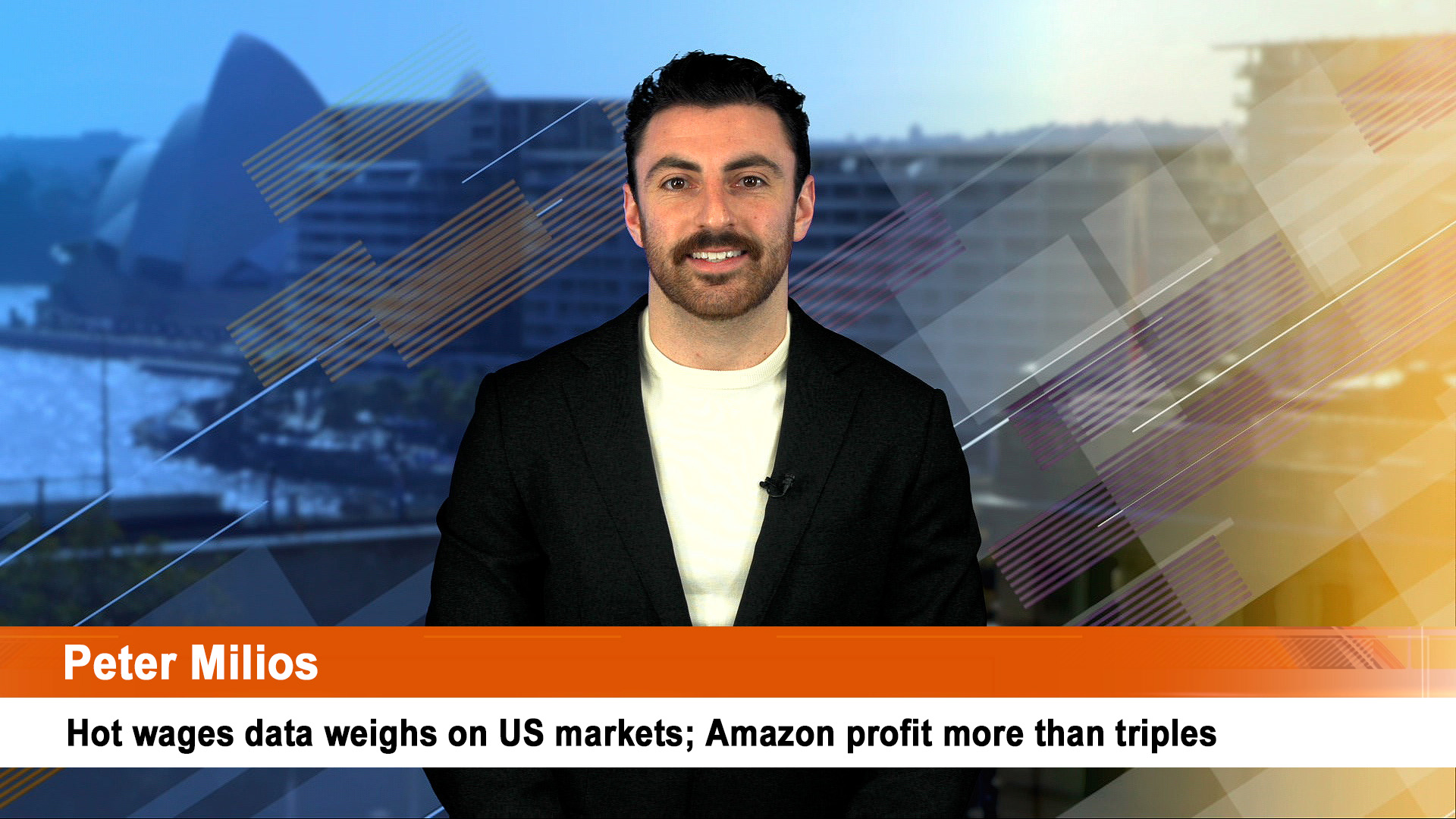Iron ore is Rio’s most important commodity and as a result of another underwhelming quarterly performance, the world’s biggest miner has wound back expectations for its 2022 financial year to December.
Rio (like its Peers, BHP and Fortescue in Australia and Vale in Brazil) has been battling a surge in production costs, while iron ore prices are on track to end 2022 at their lowest in the last three or four years, as China, Japan and South Korea and Europe cut steel output thanks to weakening demand from softening economic activity.
Rio reported production of 84.3 million tonnes (83.3 million tonnes in the same quarter of 2021) and shipments of 82.9 million for the three months to the end of September (83.4 million tonnes in the same quarter of 2021).
Shipments rose 4% from the June, 2022 quarter but it was still a touch under forecasts of 84.5 million tonnes.
The miner said it now expects annual iron ore shipments at the low end of its forecast range of 320 million tonnes (Mt) to 335 million tonnes, adding that its outlook was dependent on ramping-up the Gudai-Darri and Robe Valley projects, and the availability of skilled labour.
“Rio Tinto’s recovery in iron ore and maintaining the annual guidance should come as a relief to investors, even if it is most likely going to only hit the low end,” analysts at RBC Capital Markets said in a short note.
Vale has trimmed its guidance as well thanks to wet weather earlier this year.
Iron ore pellets production in Canada were up 7% to 2.8 million tonnes for the quarter.
Aluminium production of 759,000 tonnes, up 4% but under the forecast for 776,000 tonnes for the quarter.
Alumina production and bauxite production were similar stories to aluminium. The former came in 1% lower at 1.838 million tonnes, which was well under consensus estimates of 1.982 million tonnes. Bauxite production fell 3% to 13.7 million tonnes, just below market forecasts for 14.1 million tonnes.
Mined copper rose 9% to 138,00 tonnes and titanium dioxide slag was up 6% to 310,000 tonnes.
Despite that better performance, Rio lowered its annual refined copper production guidance to 190,000 to 220,000 tonnes, from 230,000 to 290,000 tonnes.
The company raised annual cost estimates for copper to between 150 cents and 170 cents a pound from 130 cents to 150 cents a pound.
It also cut its capital investments for 2022 by $US500 million to $US7.0 billion, due to a stronger U.S. dollar and “reassessment on timing of decarbonisation investment”.
Rio last month said it would team up with China Baowu Steel Group to develop an iron ore project for $US2 billion as it looks to prop up its production from the Pilbara region.
Rio CEO, Jakob Stausholm said that “production improved versus the prior quarter across most of our sites, particularly where we have implemented the Rio Tinto Safe Production System.”
He made special note of the fact that the company has also been busy working on future projects in the Pilbara and off shore, including expanding deeper into lithium.
“We progressed our excel in development objective, commissioning some major projects and advancing the next tranche of Pilbara mines, agreeing to enter a joint venture with Baowu to develop Western Range and modernising the joint venture covering the Rhodes Ridge project in the East Pilbara, unlocking a pathway to develop this significant, high-quality resource.
“We also approved growth capital for underground mining at Kennecott, early works funding at Rincon Lithium and continue to progress Oyu Tolgoi. Our proposal to take Turquoise Hill Resources private has unanimous support of the Turquoise Hill Board who have recommended shareholders vote in favour of the transaction.
“We continue to deliver our strategy with decarbonisation at its centre. Last week we announced a partnership with the Government of Canada to invest up to C$737 million over eight years to decarbonise our Rio Tinto Fer et Titane operations in Québec, and to position the business as a centre of excellence for critical minerals processing.”
…………
Perhaps the biggest news from Rio yesterday, however, was the decision to look to unlock the huge new iron ore body in the Pilbara to underwrite activity for the next two decades or more.
The miner has agreed to update a 50-year-old joint venture agreement with Wright Prospecting to unlock the six billion-tonne Rhodes Ridge deposit in the East Pilbara.
Rio will spend about $100 million drilling the ore body as part of an “order of magnitude” study with 50% partner Wright Prospecting.
That will position Rio to continue mining around current rates into the 2030’s.
The mine could add or replace around 40 million tonnes a year of high grade or to Rio’s output and sales when at peak capacity.
The market took all the news in its stride and sent Rio shares up a whole 0.13% to $94.27.













